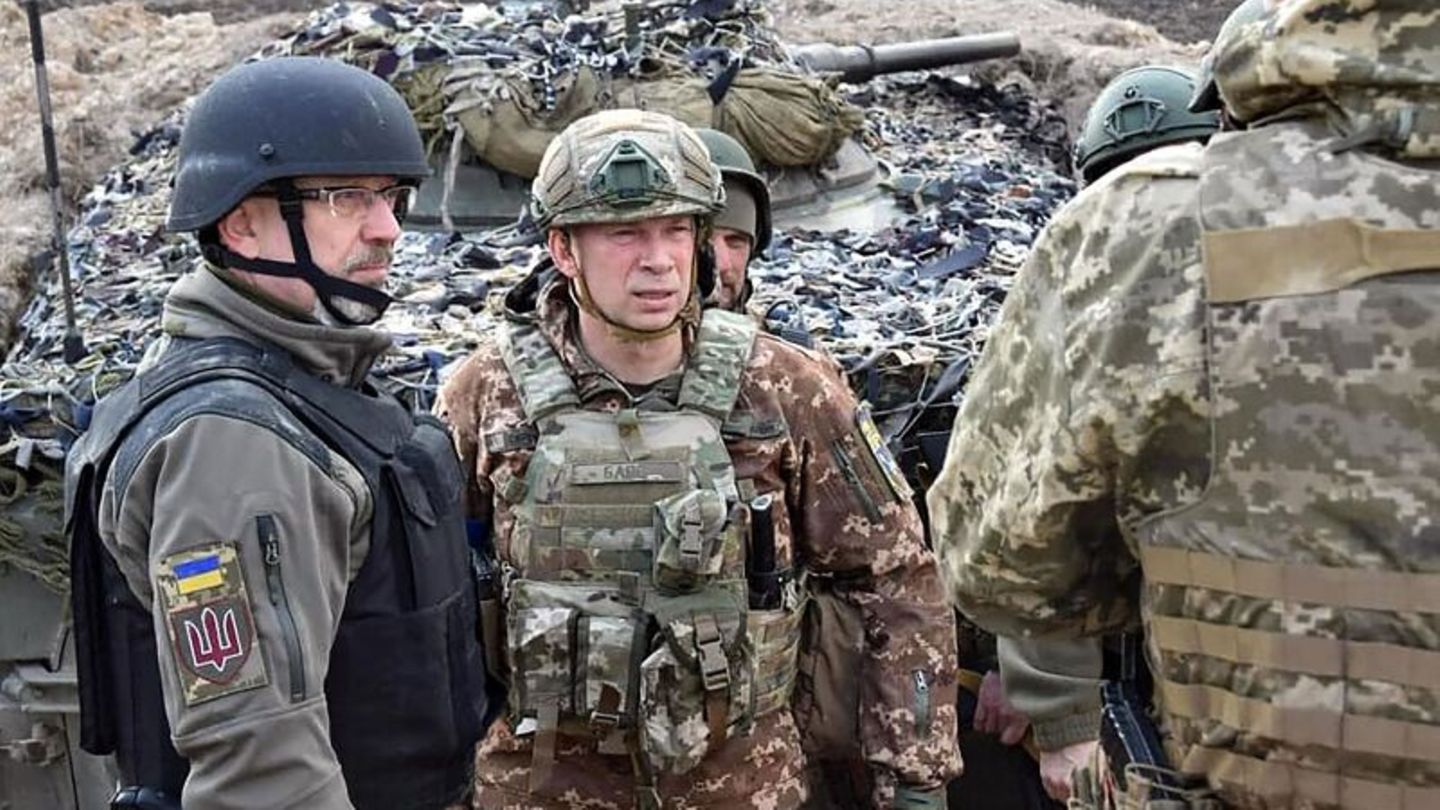So far, the Russian war of aggression is not going according to plan. Ukraine is now using the stalemate for a counter-offensive – and can claim initial successes. Nevertheless, experts argue about who really has the momentum on site.
At the beginning of the Russian invasion of Ukraine, the roles were clearly divided. Russia’s army appeared to be vastly superior to the Ukrainian armed forces, both in terms of numbers and equipment. Hardly anyone doubted that the supposedly Russian superiority would win quickly. But the longer the war lasts, the clearer it becomes for the whole world that Vladimir Putin has miscalculated. Instead of the lightning victory he had hoped for, his troops encountered fierce resistance across the country. There is now little progress or regression on almost all fronts.
But now, a month after the start of the war, it is becoming apparent that the dynamic of the fighting is changing. The flawed planning and execution of the Russian attack – including supply shortages and apparent declining morale among soldiers – have allowed Ukraine to unexpectedly go on the offensive itself. In recent days, reports of Ukrainian attacks have been mounting across the country: Russian helicopters blown up in the south, a Russian supply convoy attacked in the northeast, military advances in the fighting around Kyiv, and even an apparently wrecked Russian naval vessel in the Sea of Azov.
Although the information should be treated with caution, as it often cannot be independently verified, the impression of a trend reversal is growing. “It’s this momentum where you think: Now the tide is turning in favor of the Ukrainian armed forces,” explains military expert Carlo Masala in the current issue of .
“Realistic chance” of breaching Russian supplies
Western government representatives are also cautiously optimistic about the new counter-offensive. “We’ve seen signs that the Ukrainians are now going a bit more on the offensive,” Pentagon spokesman John Kirby announced on Wednesday. According to US intelligence services, the Ukrainian army was particularly successful east of Kyiv and pushed back the Russian troops to 55 kilometers.
The British Ministry of Defense also confirmed in a recent intelligence report that Ukraine “increased pressure” on Russian troops east of Kyiv and that Ukrainian soldiers appear to have “recaptured” Makariv and another suburb north of the capital.
While the report continues to certify an “unclear status of the fighting”, it speaks of the “realistic possibility” that the Ukrainian counter-offensive could succeed in encircling and breaching the Russian supply lines in the area, which would be a clear tactical victory for Ukraine would be. At the very least, “Ukraine’s successful counterattacks will disrupt the ability of Russian forces to reorganize and resume their own offensive against Kyiv.”
Offensive tactics in Ukraine show first successes
The Ukrainian offensive tactics are particularly evident in the fighting around Kyiv. The Ukrainian military has developed special strategies for the local areas in which mainly small infantry units are used. These would then be sent on reconnaissance missions to locate and attack Russian soldiers near the capital, a soldier on such a mission told the “”.
The Irpin case shows that this tactic has worked so far. For days, Russian troops have been trying to capture the suburb of Kyiv, about 20 kilometers away – so far in vain. Again and again they are prevented from doing so by Ukrainian units, which often attack from ambush. Kiev Mayor Vitali Klitschko announced at a press conference on Wednesday that “almost all of Irpin is in Ukrainian hands”.
According to military experts, Ukraine has a decisive advantage on its side – time.
Intercepted radio conversations by Russian soldiers suggest that the armed forces are running out of fuel and ammunition in many places. Masala also doubts that the Russian army can overcome its problems and reposition itself. “The chances of the Russian Federation succeeding are decreasing by the day,” says Masala, a professor of politics at the Bundeswehr University in Munich. “It’s spinning now.”
Expert: “It is unclear who has the momentum on site”
However, other experts, such as Michael Kofman, director of Russian studies at the US research institute CNA in Virginia, warn against jumping to conclusions. “Our understanding of where we are now in this war is very incomplete (…)”, says Kofman of the “”. “If you don’t know who controls what, you don’t know who has the momentum on the ground.”
The security expert refers to the fact that the Ukrainian armed forces have not yet been able to prove that they now control the villages and towns previously captured by the Russian army. Meanwhile, the Russian military claims to have advanced further in eastern Ukraine and occupied the provincial town of Izyum in the Kharkiv region – something the leadership in Kyiv denies.
One thing is certain, the state of war in Ukraine is still uncertain in the fifth week. As a symbol of this, Kyiv was recently almost completely enveloped in white clouds of smoke – caused by the intense fighting around the capital.
Sources: “”, “”, “”, with AFP material
Source: Stern
David William is a talented author who has made a name for himself in the world of writing. He is a professional author who writes on a wide range of topics, from general interest to opinion news. David is currently working as a writer at 24 hours worlds where he brings his unique perspective and in-depth research to his articles, making them both informative and engaging.




